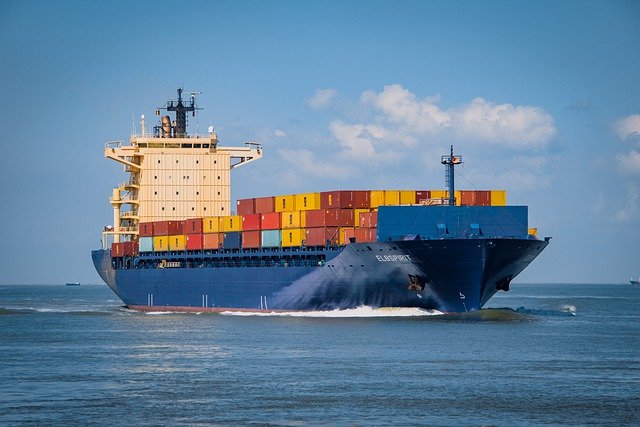
Every day, more innovations are being implemented in the infrastructure of cities worldwide to increase efficiency and operate more sustainably. Public transportation is one of the most notable areas of infrastructure, and it is certainly a hot topic as different countries continue to announce new plans for improving their transit systems.
An area of major concern in the field of public transportation is carbon emissions. With the global climate crisis growing more severe every day, many world governments have taken it upon themselves to make systemic changes to their infrastructure to reduce the impact of these conditions. However, according to Eric Thronson, several East Asian countries are leading the way with sustainable and more eco-friendly public transportation.
Below, we’ll share three examples of East Asian countries that have recently announced plans to work toward these development goals and what this means for the future.
Which Countries are Reducing Carbon Emissions?
As of September 20, 2021, the governments of China, Japan, and South Korea have all officially announced plans to reform their public transportation sectors with the main goal of reducing carbon emissions. These three countries are among the leaders in producing carbon emissions, with their collective contribution forming approximately one-third of emissions for the entire world.
Each of these countries has set a goal of reaching a net-zero level of carbon emissions by its projected end date:
- 2050 for Japan
- 2050 for South Korea
- 2060 for China
The term “net-zero carbon emissions” means that the number of pollutants eliminated from the atmosphere will outweigh the amount produced.
With such high levels of pollution to account for as a result of their transportation sectors, these countries certainly have a Herculean task ahead of them. However, with their clear goals and immense budgets being allocated to these projects, they’re certainly off to a good start.
How Will They Achieve Their Goals?
Each of these countries’ plans for reducing transportation-related pollutants consists of the systematic removal of carbon-producing vehicles. Once these vehicles are removed, they will be replaced with more environmentally friendly modes of transport. For example, rather than gas-burning cars and trains, the new and improved infrastructure will feature electric railways and battery-operated cars.
Additional revisions to East Asian public transportation include:
- Trucks fueled by hydrogen
- Ships fueled by ammonia
- Aircraft have a sustainable fuel replacement of their own
All of these changes would go a long way in reducing total carbon emissions from these countries, as each of their respective transport sectors accounts for 30% of overall air pollution.
The most drastic changes on a micro level would have to come from China’s marine transport sector, as this is a massive industry that is only projected to continue growing in the near future.

How Much Will It Cost?
Of course, such drastic infrastructural changes aren’t going to come cheap. All the new technology involved in producing environmentally-friendly vehicles can be quite costly. And when implemented at such a grand scale, the price tag just keeps getting higher.
The projected budget for China, Japan, and South Korea to collectively spend on these initiatives clocks in at approximately $12 trillion. To contextualize this figure in comparison with these nations’ individual levels of wealth, this is almost the entirety of China’s Gross Domestic Product for the year 2020.
While the total cost might seem unfathomable to some, these projects will be taking place over the next thirty to forty years. These countries are considered quite wealthy, so there isn’t likely to be a budget shortage so long as the reduction of carbon emissions remains a priority. However, these efforts to revise East Asian infrastructure shows just how expensive vital environmental protection initiatives can be.
Are They Likely to Succeed?
In terms of pure means, each of these countries definitely the power to achieve their lofty goals of achieving net-zero carbon emissions. They all have the capital to fund these projects and the labor force to accomplish the tasks.
The real measure of whether they will succeed or not is if environmental protection remains a high priority for these governments. As long as the state budgets don’t end up being reallocated to other projects along the way, the likelihood of success seems quite high.
Final Thoughts
Now that these ambitious plans for net-zero carbon emissions in East Asia have been announced to the world at large, it will be interesting to see how well the Chinese, Japanese, and South Korean governments accomplish their goals. There is also the question of whether other world powers will follow their example and create new initiatives to reduce carbon emissions in their own public transit sectors.
Will the United State follow in East Asia’s footsteps and announce an initiative to achieve net-zero carbon emissions? We expect an answer within the next few years.
